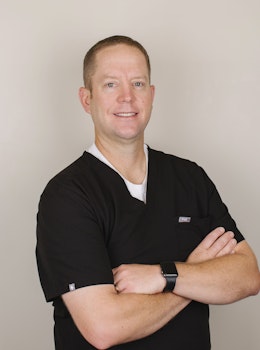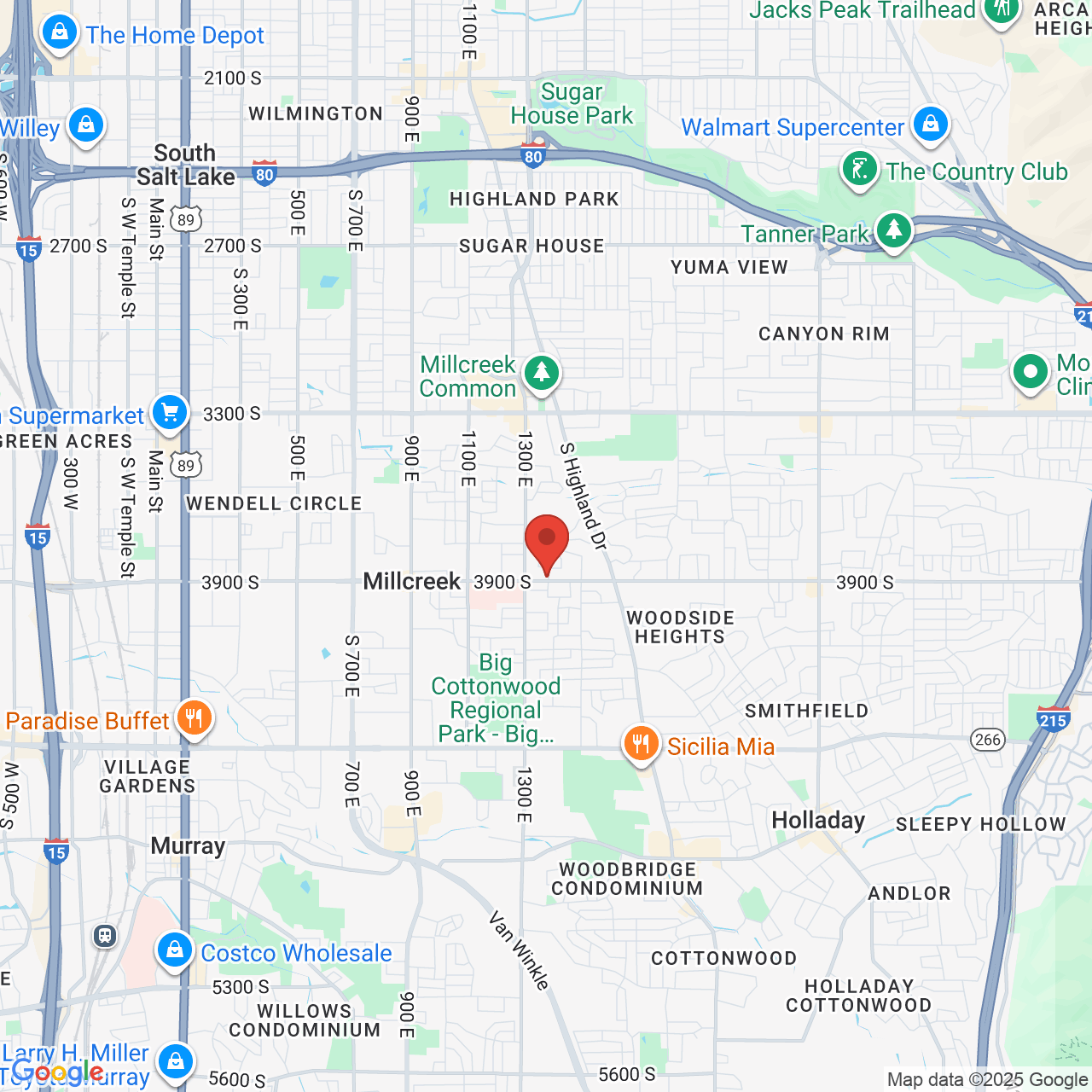All Services
at Hopkin Oral Surgery

Hopkin Oral Surgery Dustin J. Hopkin, DDS
Dr. Dustin J. Hopkin is a highly trained oral surgeon in Salt Lake City, UT. He is proud to be board-certified by the American Board of Oral and Maxillofacial Surgery. At Hopkin Oral Surgery, Dr. Hopkin and his team provide excellent care with state-of-the-art technology and advanced treatment methods. Our most popular services include:
You can request a consultation with Dr. Hopkin by filling out our online form or calling (801) 277-3942.
Contact Us Today
"I don't fear many things in life, but I can honestly say going to the dentist is one of them! But the experience Dr. Hopkin's office provided me made it not so scary. I would recommend them without hesitation to anyone!"
Layne Northrop, from a Google + Review

